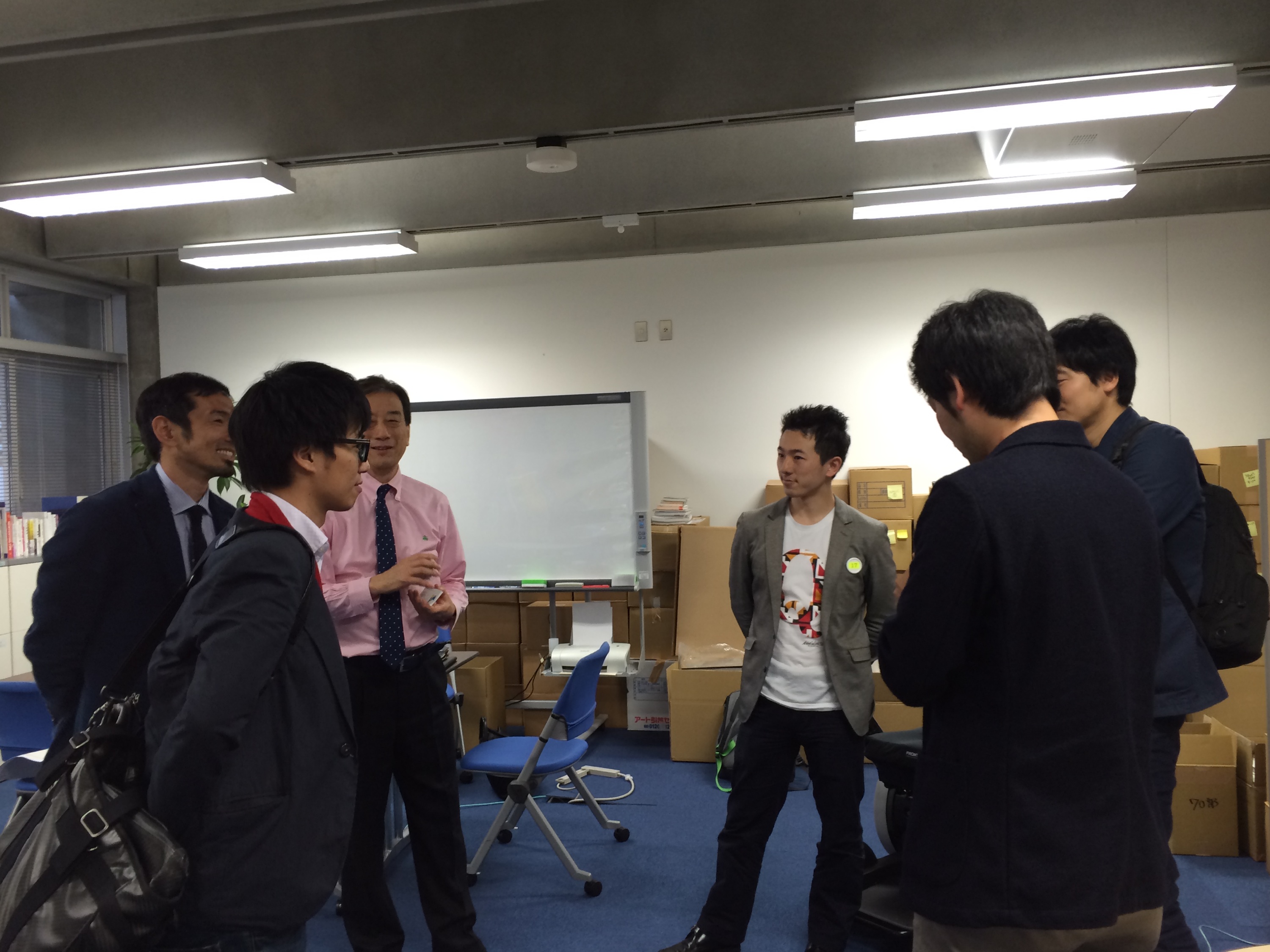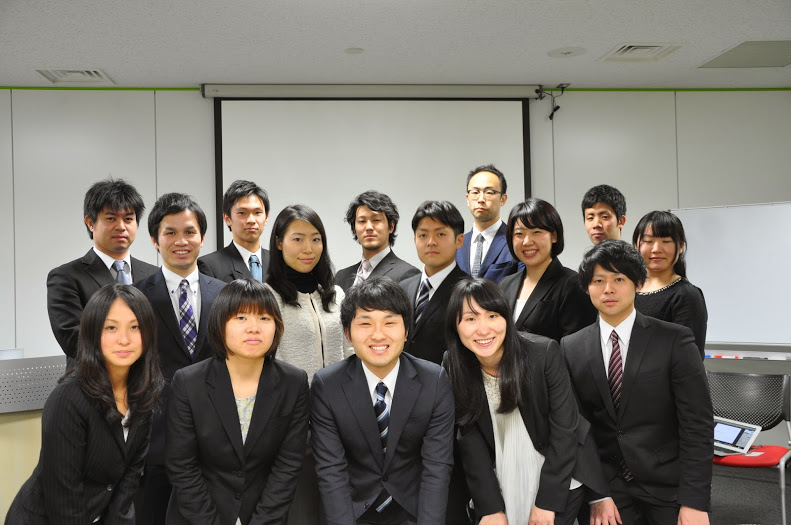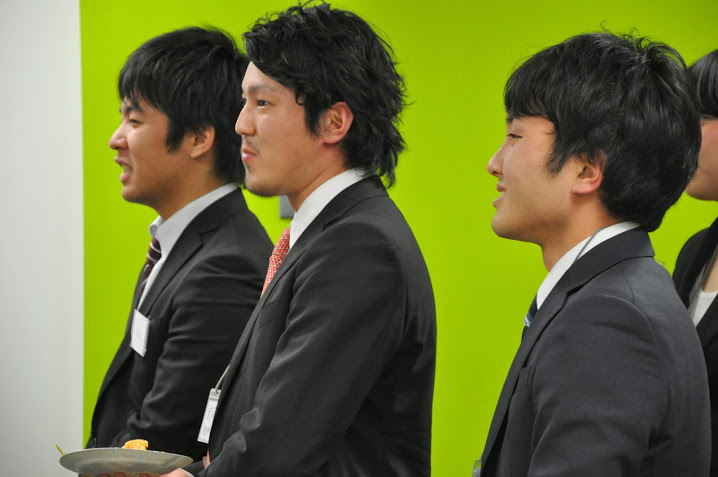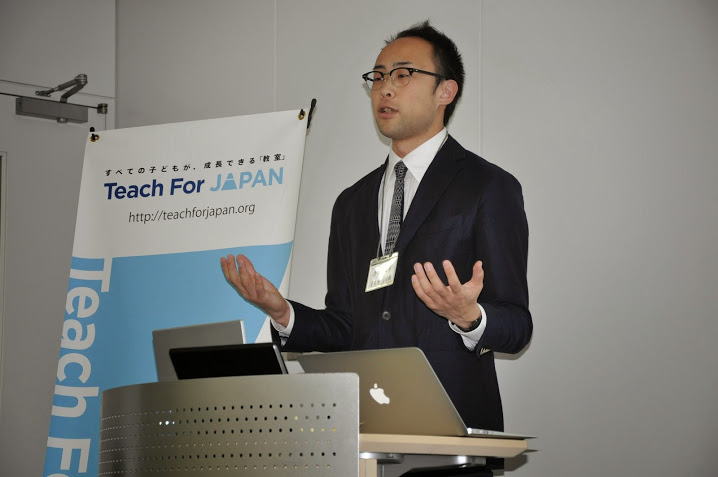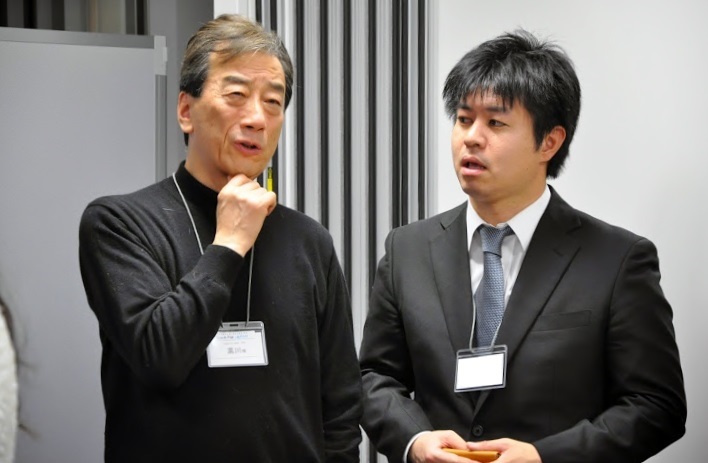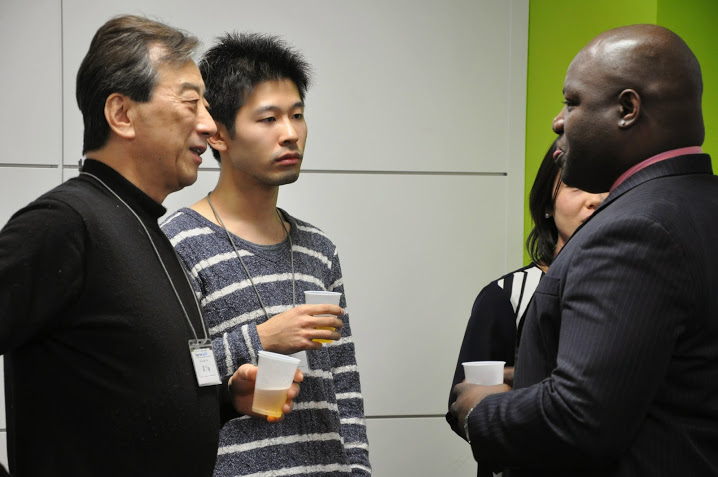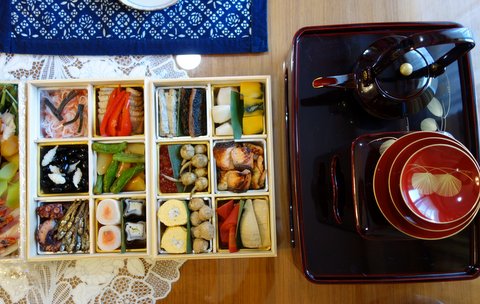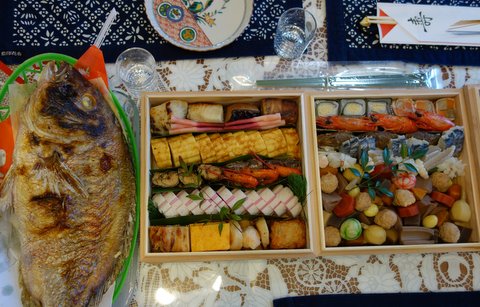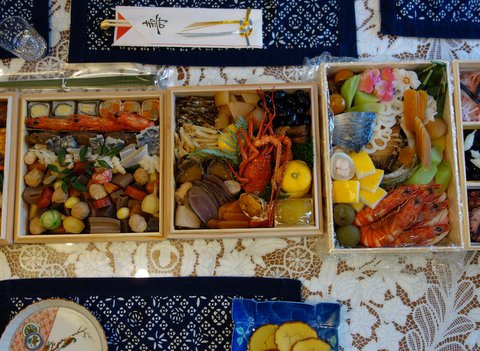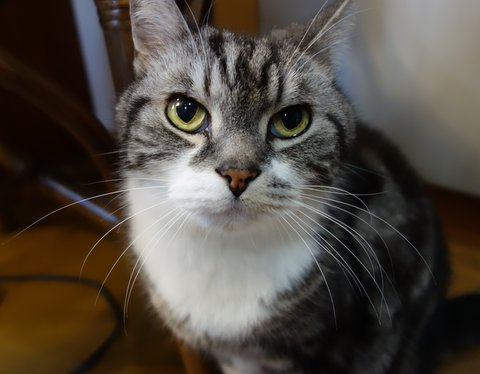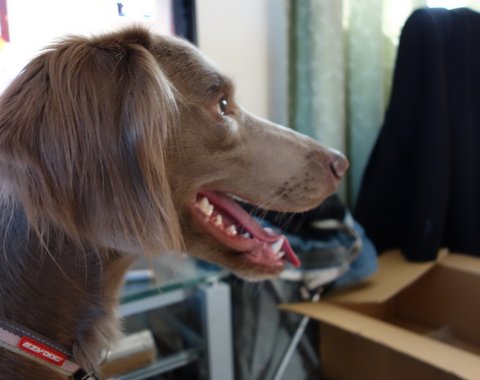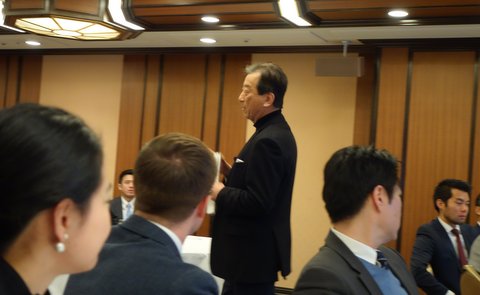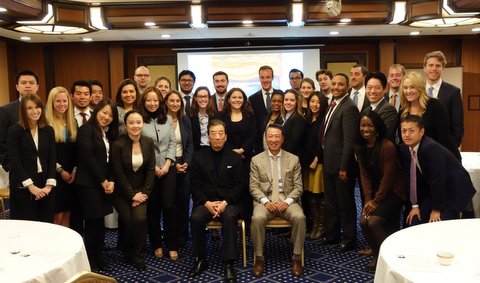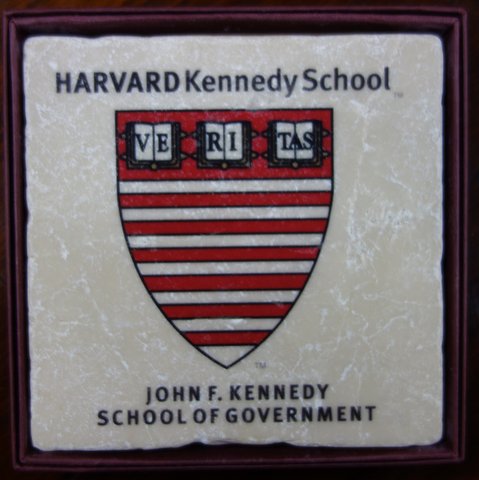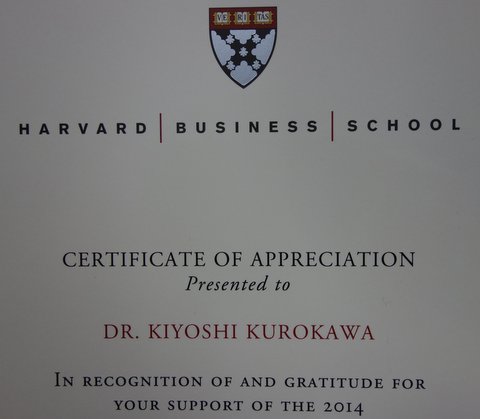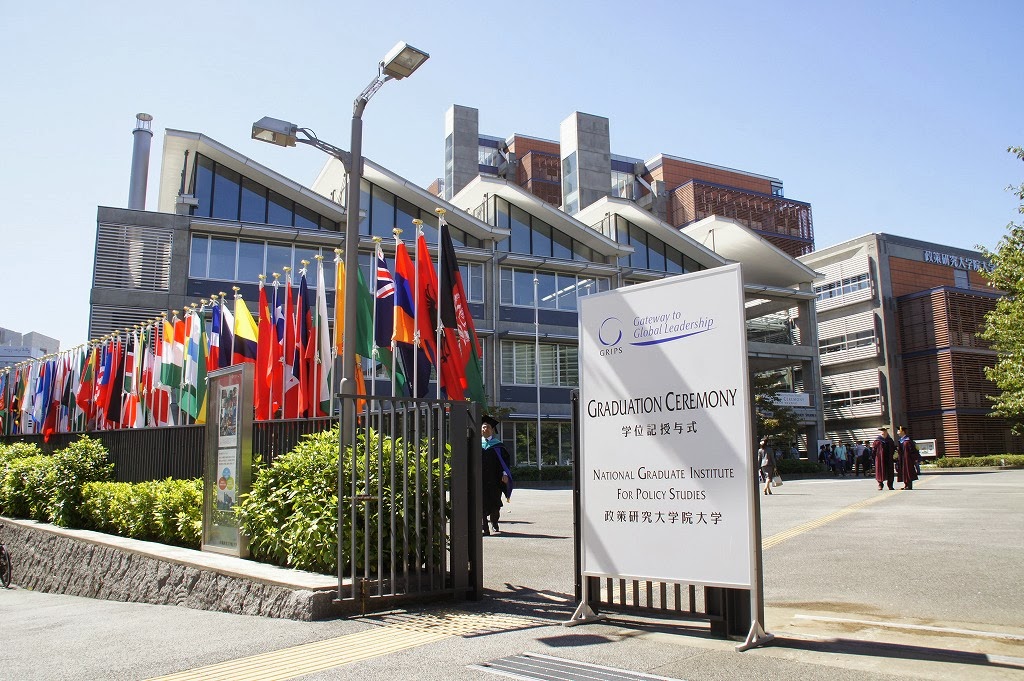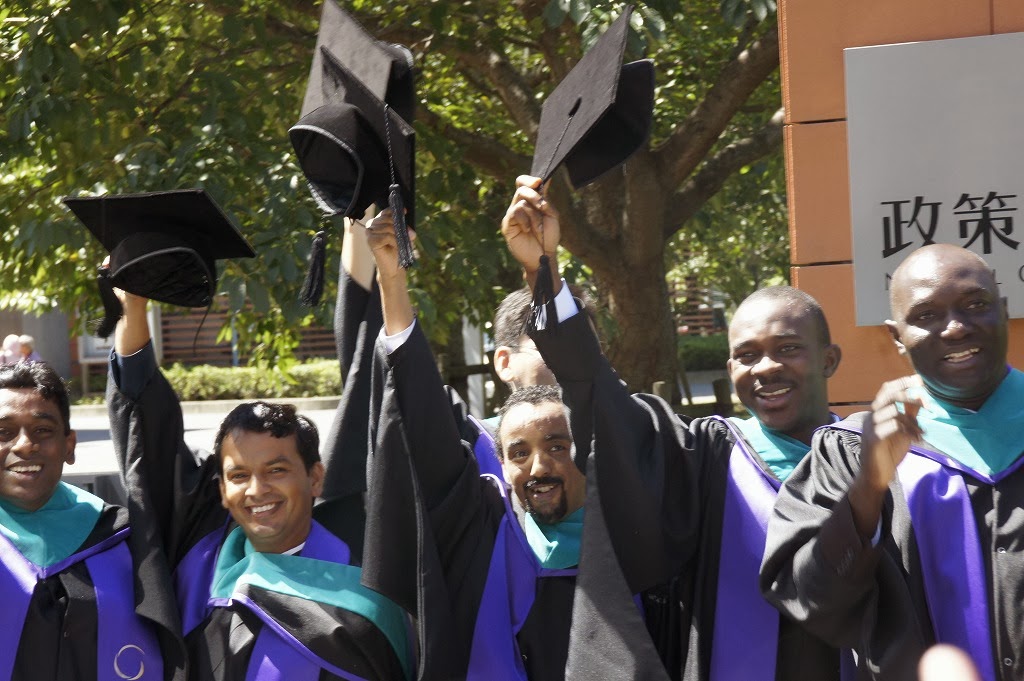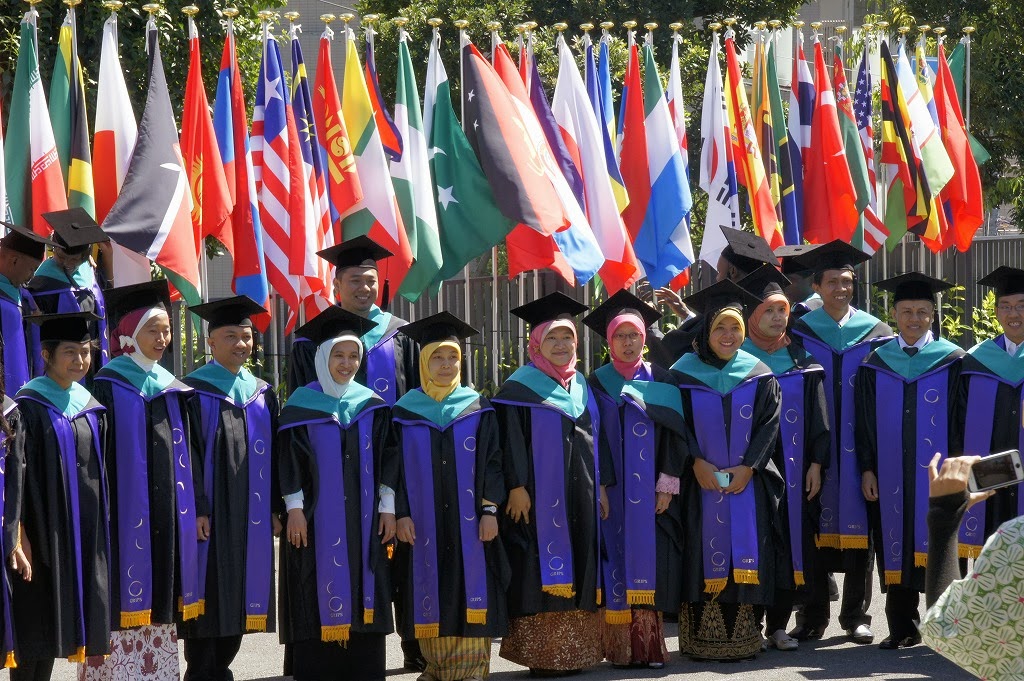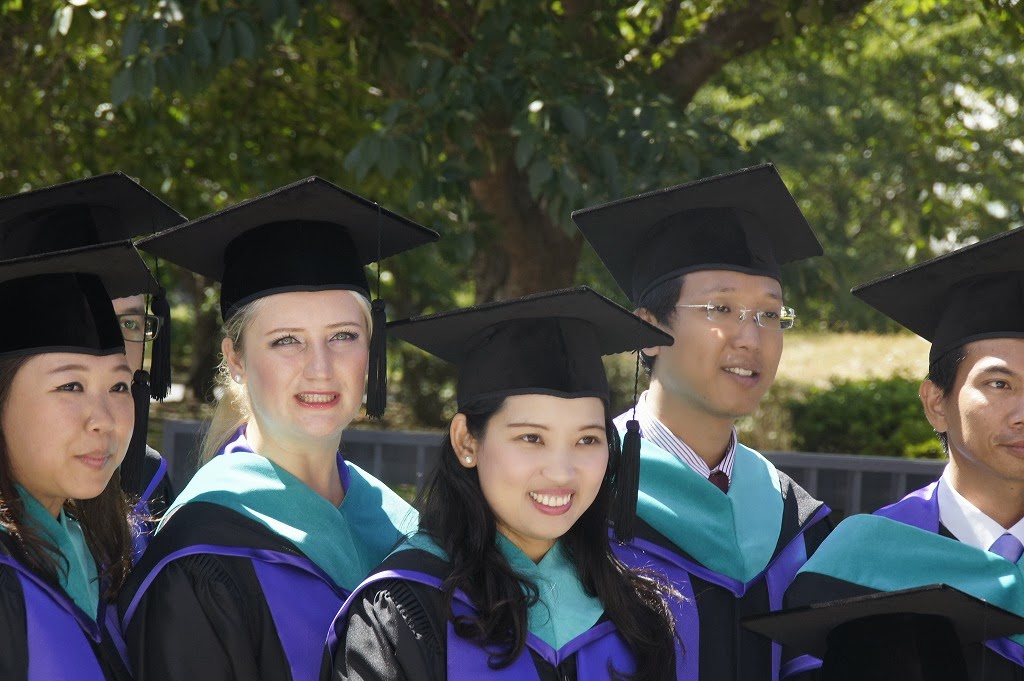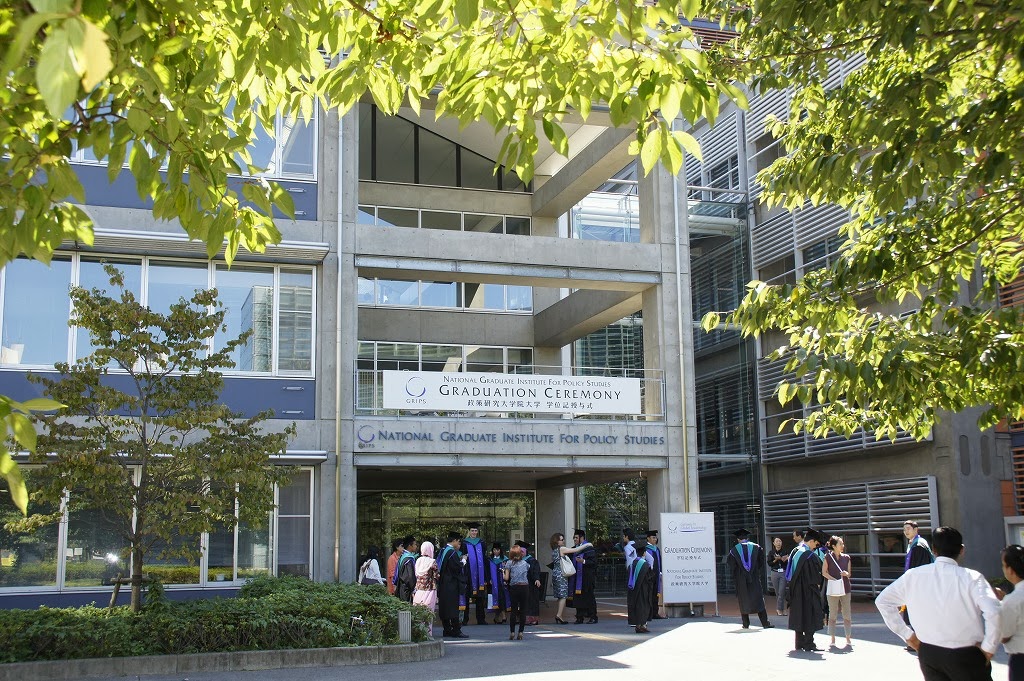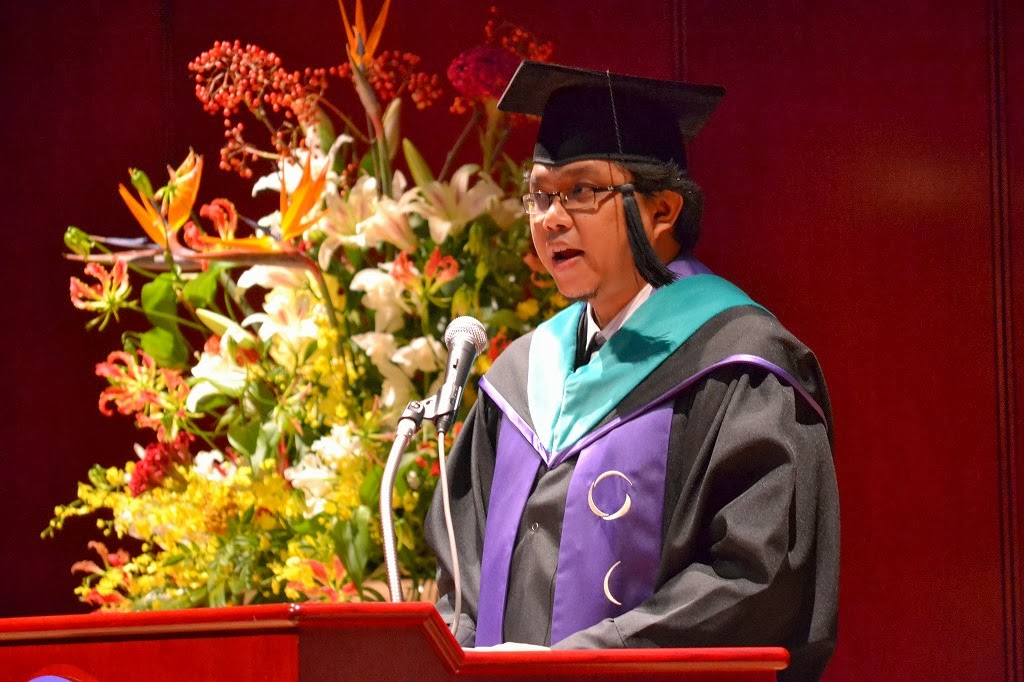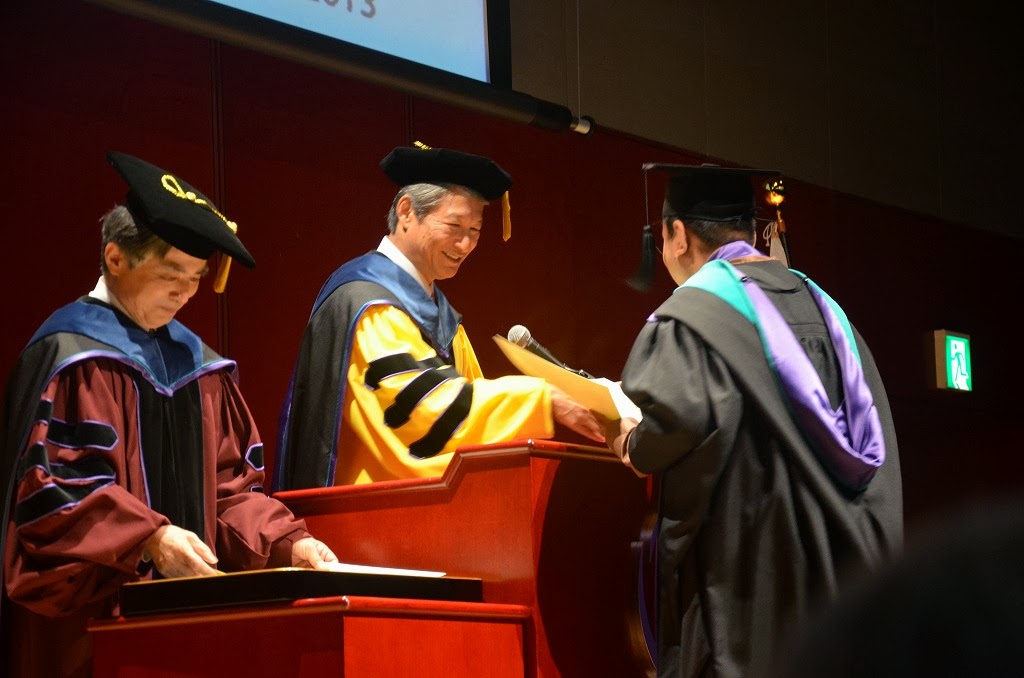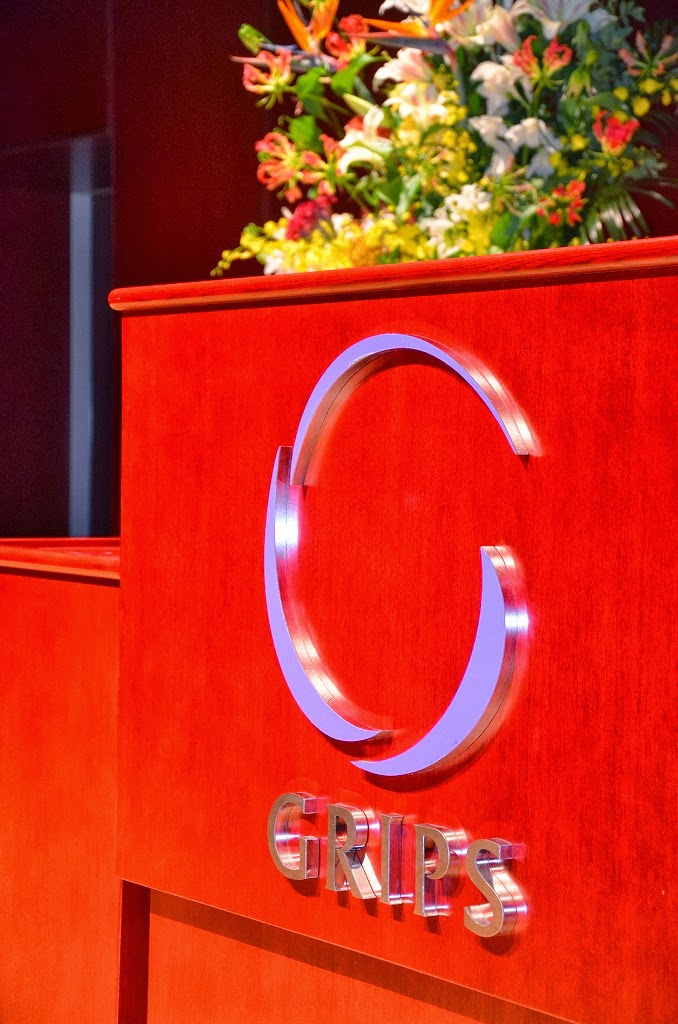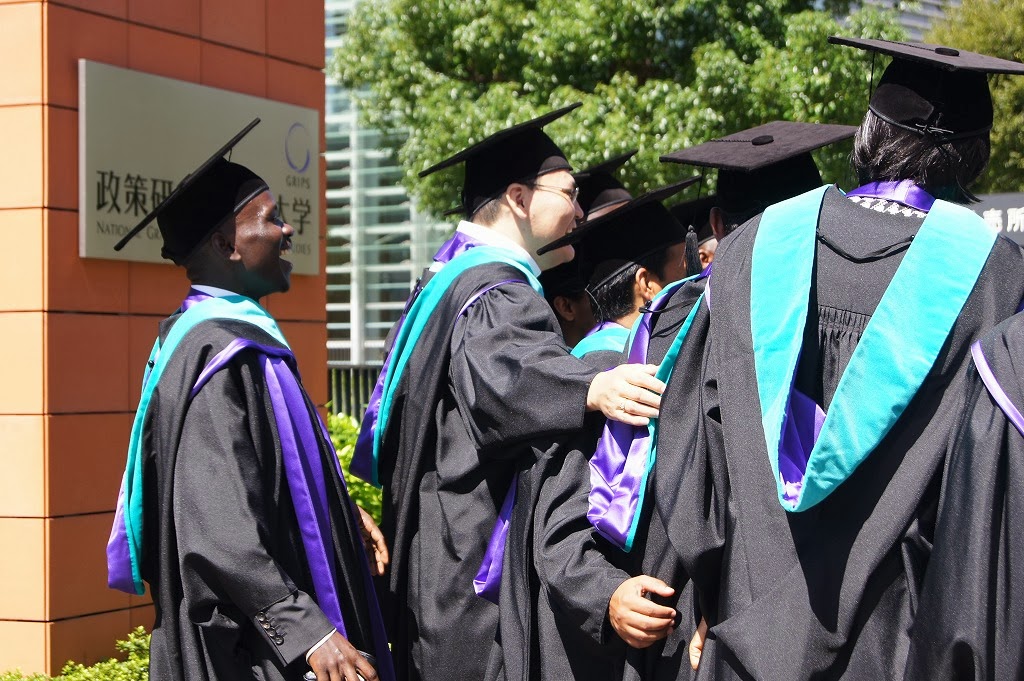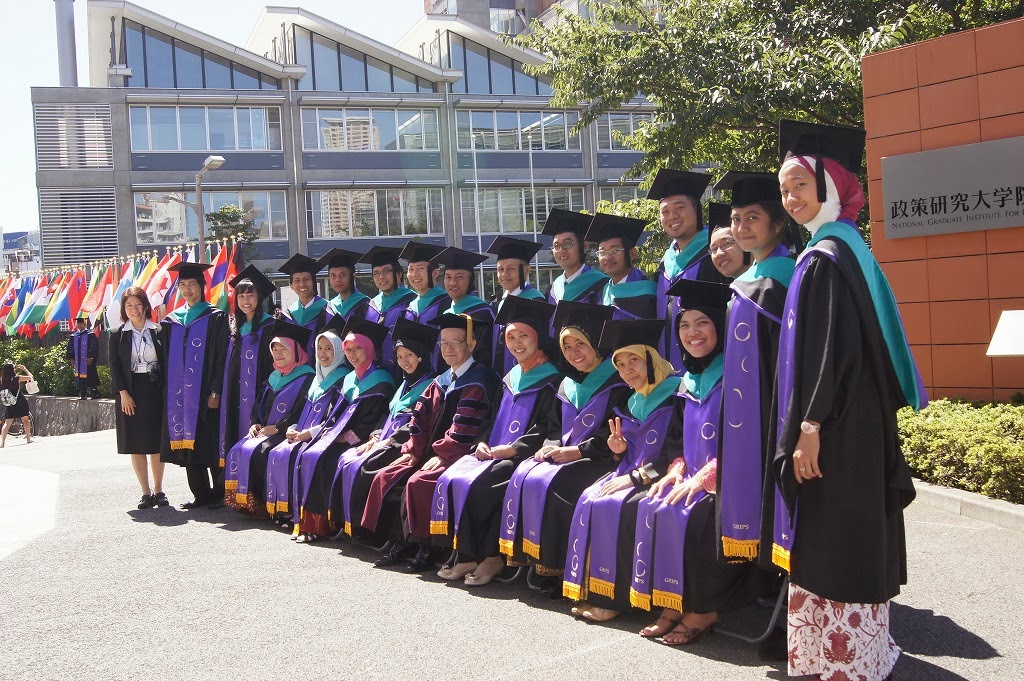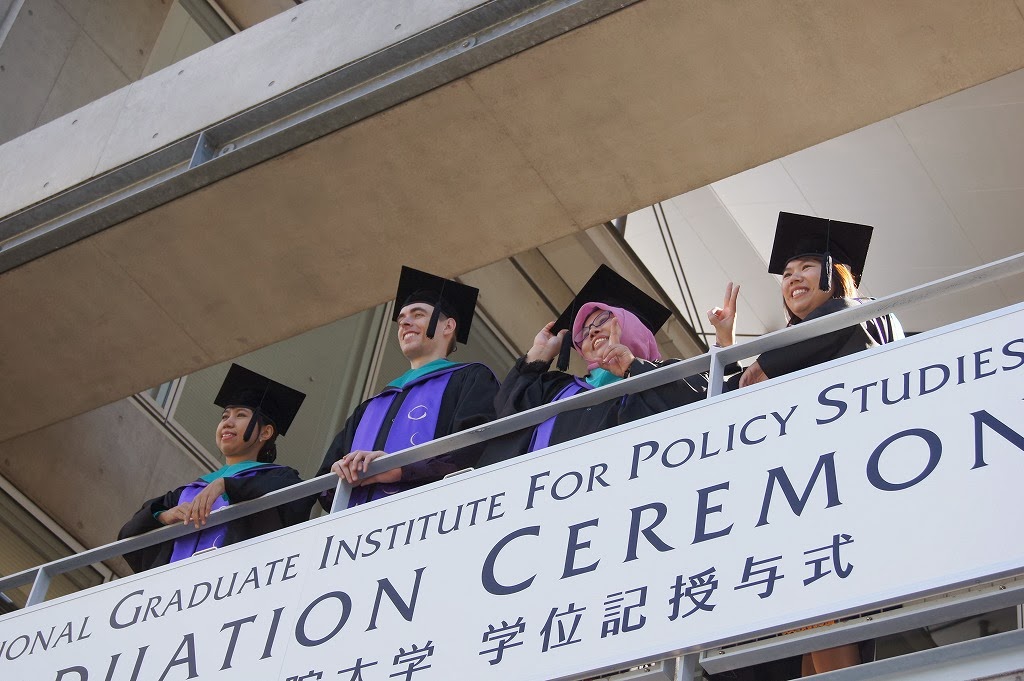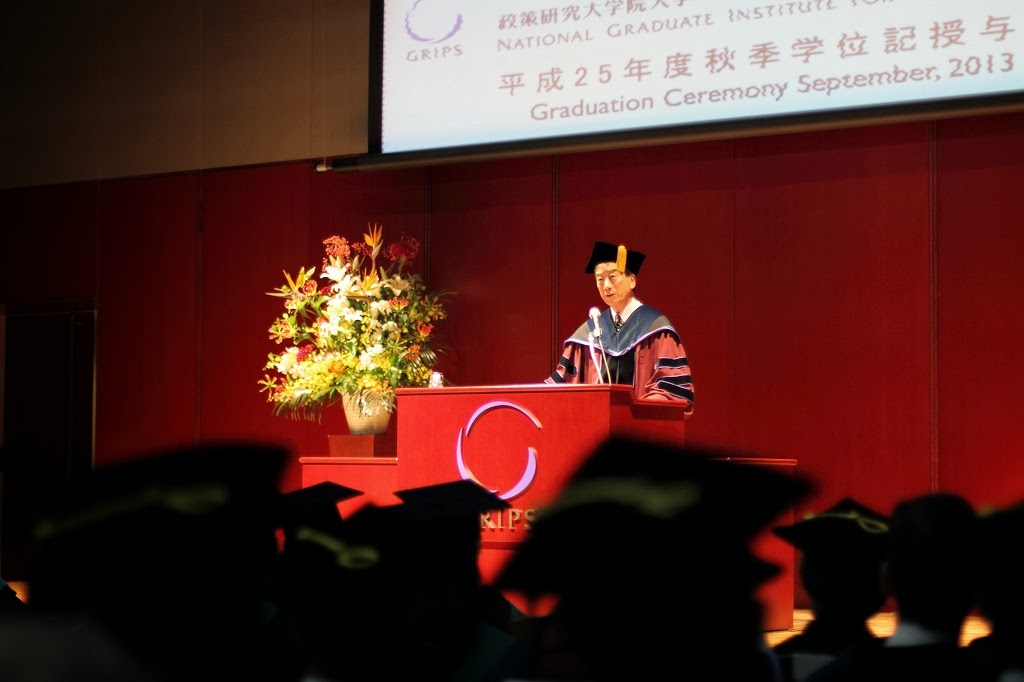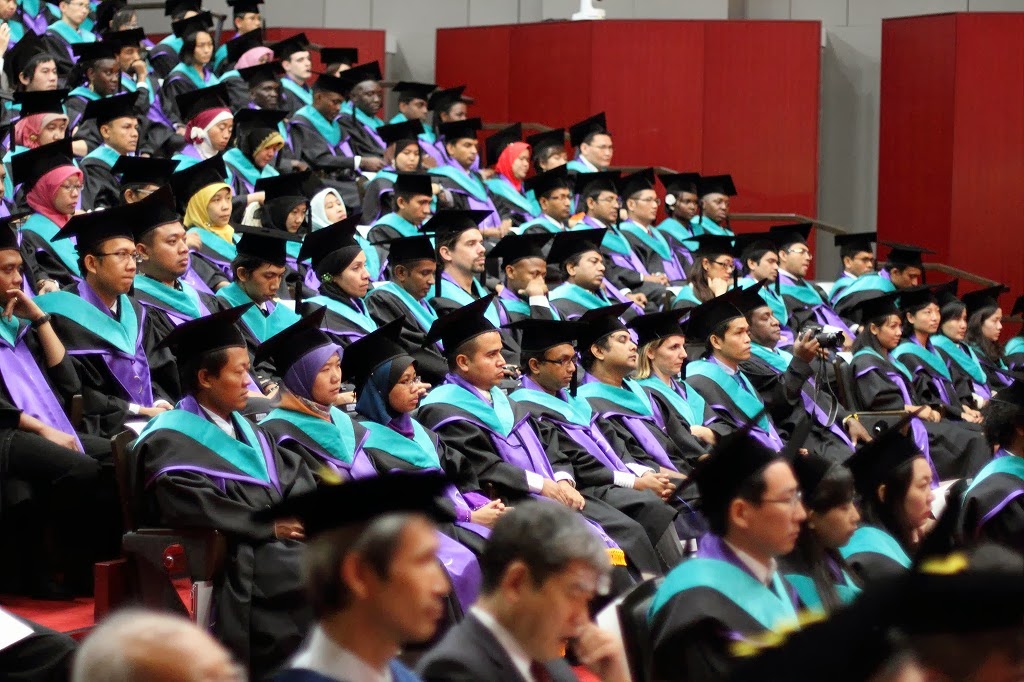Last week, Ken Endo of SONY CSL, the breeding ground of crazy and eccentric individuals, stopped by my office along with Mr. Dai Tamesue and Mr. Sugahara of RDS. He came to announce that he has started a venture business in order to continue the research he had been conducting at MIT on prosthetics.
I have known him since he was studying for a PhD at MIT. I have supported him at See-D (in Japanese) and others.
While he has been active in promoting events that support people in poverty who use prosthetics due to accidents or land mines, he has also working with Paralympic athletes to further push forward the possibilities of humankind. One of his professors at MIT is Hugh Herr, who gave an astounding presentation on prosthetics at this year’s TED talk. With this technology, it may be possible for Paralympic athletes to surpass the record set by Olympic athletes. This was recently the case in the match between a computer and professional Japanese chess player (in Japanese).
Mr. Sugie of WHILL also came to visit, the first time since he moved his base to Silicon Valley. WHILL is a venture business that was set up by young engineers from four major Japanese companies. They introduced me to Mr. Hasegawa of WINGLE (in Japanese), which supports children who have unique talents that are less compatible with conventional educational methods.
Also, Mr. Matsuda of Teach for Japan, who I introduced on this site just recently was featured in the Globe section of the Asahi Shimbun (in Japanese).
There are many amazing individuals who are active in a wide spectrum of areas.



